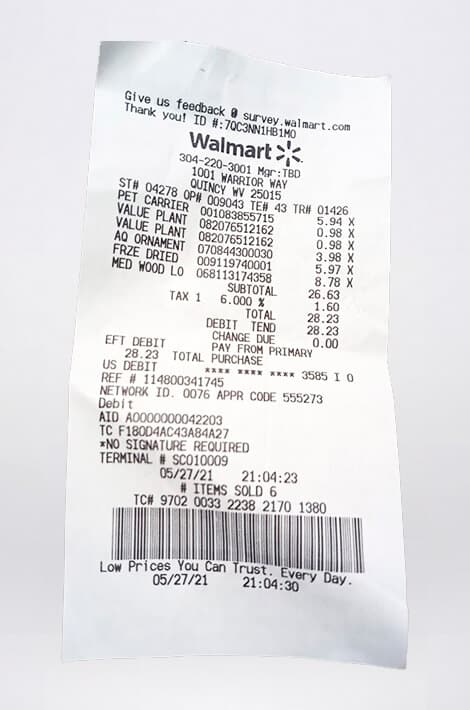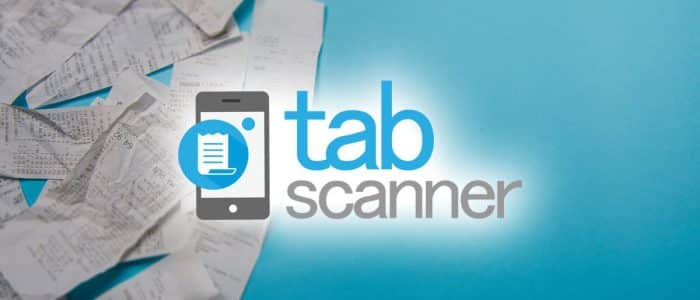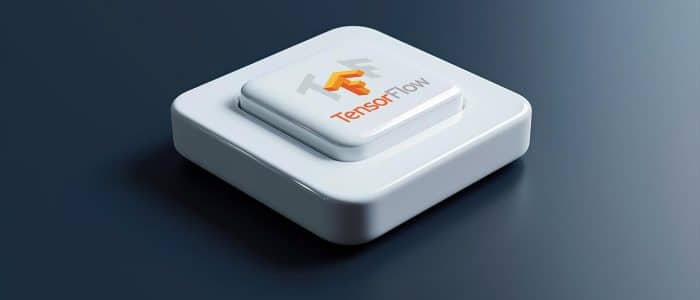Last Updated on January 9, 2025
As of 26th May 2020, the systematic kickstarting of economies across much of Europe and North America is underway. Small businesses are breathing a sigh of relief. Economies the world over will now begin recovering and rebuilding.
Never in modern times has the world collectively ground to a halt as it has since March 2020. At the time of writing this blog, there has been 5.5 million cases of COVID-19 worldwide and close to 350,000 deaths. Recent studies have made it clear that such figures have been underestimated with the true toll COVID-19 has had on the global community being much greater.
However, despite such fear mongering most countries in the European community and North American States are beginning to lift restrictions. Japan has announced that it will be lifting its state of emergency imminently. Dubai and the UAE began lifting lockdown on April 24th, allowing shopping spaces, restaurants, and cafes to open at 30% capacity.
The people of South Korea have already been told to return to normal life. Schools, museums, concert venues, stadiums and libraries had all opened. However, after a spike in cases believed to have originated in Itaewon, Seoul in the early hours of May 2nd, 2020, the country is now more vigilant. As of May 20th, 2020, there have been 336 new cases of COVID-19. At the start of February, South Korea registered 3,000 cases in just two weeks.
What’s apparent is that it’s time for the great wheel of industry to begin turning once more. But, here lies the question, what do small businesses need to do to kickstart their recovery after lockdown has been eased? We have the answer. Be sure to read the whole blog to discover how EDE API can help to give your business a springboard to recover in the face of economic uncertainty.
A Cautious Approach to Returning Staff to Work
Let’s be honest, even when companies get back to work completely, it’s unlikely that workplaces will look the same as before COVID-19. Greater emphasis on hygiene and social distancing is likely to be observed in the short-term, which could extend to the end of 2020 or beyond.
Workplace layouts are likely to change with increased spacing between stations and small recreational areas may become a thing of the past. Staggering working hours could become more prevalent and premises visitations discouraged.
The presence of hand sanitisers will have to increase. Having people confined to an area for eight hours a day without sufficient access to sanitiser is ludicrous, not when the coronavirus can live on surfaces anywhere between a few hours to a few days.
What does this mean? An increased emphasis on a technological infrastructure that supports this new working environment. OCR for receipt recognition technology – and other Cloud-based platforms – may grow to become more vital than ever before as they’ll be necessary to limit physical interaction.
The Size of Office-Based Workforces
Think about this: Right now, would you be happy to return to a bustling office environment, sitting side-by-side or across the table from colleagues only a meter or less apart? It’s quite safe to say that a fair proportion of workforces won’t be too chuffed at this!
So, what’s the solution for businesses who employ tens, hundreds or more employees? How is a busy office supposed to implement social distancing in the square footage available to them? What about other ways of working? Well, shift work may not be the answer for every business, but what about remote working for the foreseeable future? Sounds plausible, right?
The way we’re used to working will change. You might well see employers who can implementing permanent working from home policies – and we have the infrastructure in many cases to make this idea a reality.
Therefore, innovations such as the Cloud and EDE API will be more important in the months and years to come than every before. Why? Businesses can manage their expenses in the palm of their hands. All employees need to do is to capture an image of their receipts and pull the data into an app and hey presto! Expenses done. Best of all, data can be accessed by bookkeepers or accountants who’ll be able to reimburse employees in just a few clicks.
Staff Reintegration
The most common question amongst employees returning to work is likely to be, is it safe? Conversely, reintegrating staff to workplaces may be more of a challenge than employers think. The safest way for employers to approach this is to consider what roles absolutely cannot be performed remotely.
Then there are staff who have been put on furlough. How and when do employers bring them back into the workplace? Will they even be able to work in a small office? Will staff who remain on furlough feel marginalised? What if staff don’t want to give up their newfound flexibility working from home?
In these circumstances, managers will need to become mediators. Decisions will need to be made in the interests of the company and its employees. An office manager probably won’t be able to work from home, neither will employees working on assembly lines. However, there are many roles that can be performed from home – more than perhaps company directors thought before lockdown.
What’s also clear is that technology will play a vital role in who goes back to work. Today, as we’ve previously said, there is a wealth of platforms and applications geared towards remote working. From Microsoft Office 365 to Asana, businesses can if they want to integrate the entire workforce into an office environment. If not, they probably can perform a wealth of functions remotely.
Take EDE (expense data extraction), for example. The software is tailor-made for working from home. Better still, by employing this OCR for receipt recognition technology, businesses will save money. You won’t need to employ office-based expenses accountancy staff as the technology does it all for you.
So, if you’re stuck wondering how you’ll be able to manage fiscal expenses after lockdown is lifted, EDE API could well be the answer you’re looking for!
Though it’s looking like lockdown will be lifted shortly, or at least some aspects of society will get back to normal, what working environments will look like in the coming months and years is still open to debate.
However, what is clear is that thanks to our technological innovation, we will be able to adapt and create a new infrastructure for a new working world, one where innovations like OCR for receipt recognition will be highly valued.




